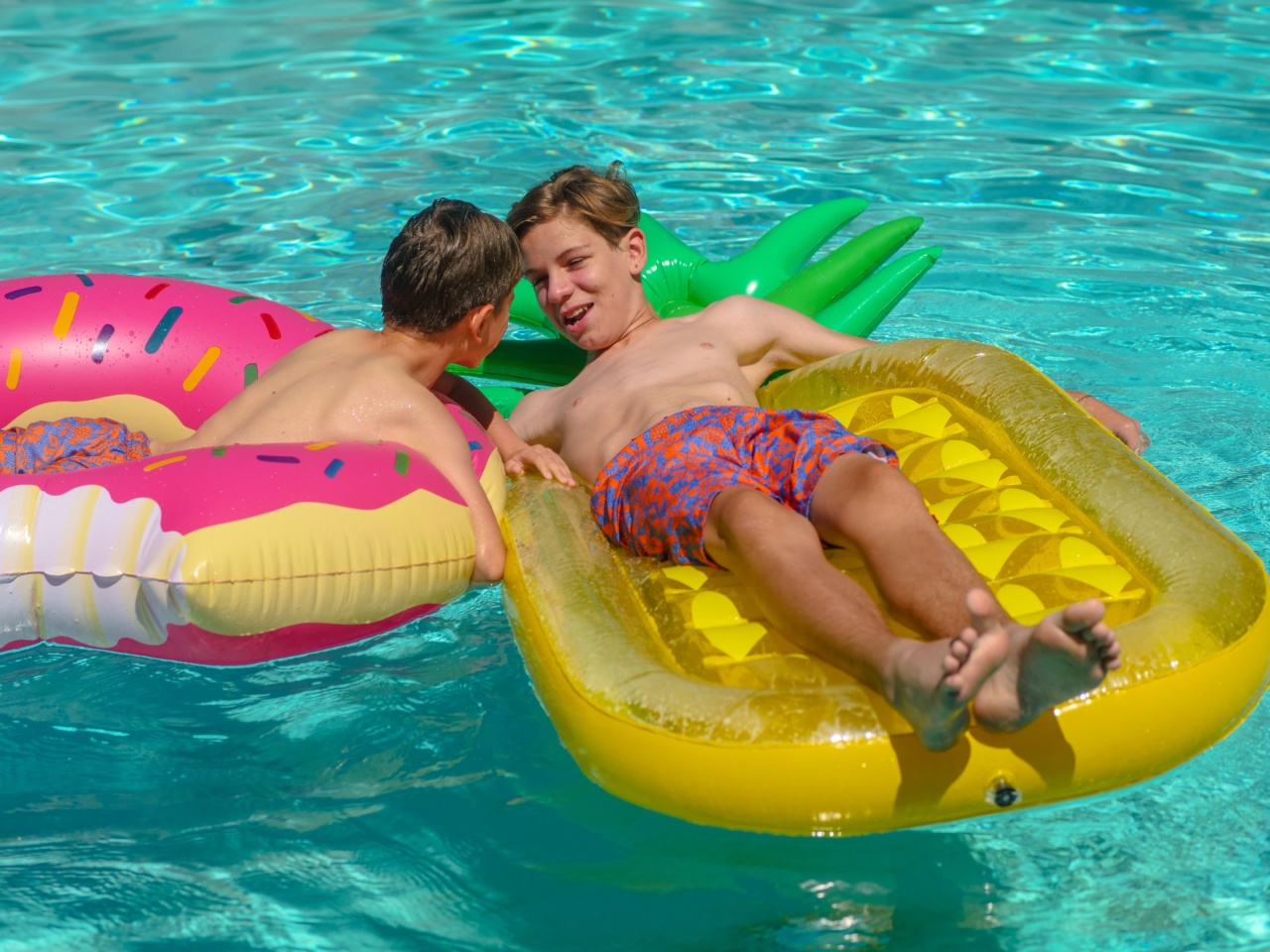Tanning has been a common practice among people of all ages for many years. In recent times, there has been growing concern about the impact of tanning on children’s health.
This article aims to explore the effects of tanning on children’s health and discuss the measures that parents can take to protect their kids from the potential risks associated with excessive tanning.
The Dangers of Tanning
Exposure to ultraviolet (UV) radiation is the primary cause of skin damage and premature aging. Children, in particular, are more vulnerable to the harmful effects of UV radiation due to their delicate skin that is still developing.
Children who are overexposed to UV radiation can develop sunburn, skin damage, and increase their risk of developing skin cancer later in life.
Skin Cancer Risk
Studies show that exposure to UV radiation during childhood increases the risk of developing skin cancer in adulthood.
According to a study published in the Journal of Investigative Dermatology, intermittent sun exposure in childhood is more strongly associated with melanoma skin cancer than chronic exposure in later life.
Sunburn
Children’s skin is sensitive, and as such, prolonged exposure to UV radiation can cause sunburn. Sunburn can lead to dehydration, skin damage, and can increase the risk of developing skin cancer in later life.
According to the American Academy of Pediatrics, even a few minutes of exposure to UV radiation can cause sunburn in children with light skin. It is, therefore, essential for parents to limit their children’s exposure to UV radiation and take necessary precautions when their kids are exposed to the sun.
Eye Damage
Exposure to UV radiation can also damage children’s eyes, increasing the risk of cataracts and other eye conditions in later life.
According to the American Academy of Ophthalmology, children’s eyes are more susceptible to damage from UV radiation, which can lead to eye pain, redness, and, in severe cases, blindness. It is crucial for parents to ensure that their children wear protective sunglasses that block out harmful UV rays.
Measures to Protect Children from Tanning
Parents can take several measures to protect their children from the harmful effects of tanning. Here are some tips to help protect kids from UV radiation:.
Cover Up
Parents can protect their children from excessive tanning by covering them up with protective clothing, hats, and sunglasses. Light-colored, loose-fitting clothes that cover the arms and legs can provide excellent protection against UV radiation.
It is also important to choose clothing that has a UPF rating of at least 30 to ensure adequate protection.
Seek Shade
Another effective way of protecting kids from UV radiation is by seeking shade when outside. Parents can set up a tent, an umbrella, or a canopy to create a shaded area for their kids to play in.
This can significantly reduce their children’s exposure to UV radiation and help prevent sunburn and skin damage.
Use Sunscreen Properly
Sunscreen is a crucial tool in protecting children from UV radiation, but it is essential to use it correctly.
According to the American Academy of Dermatology, parents should choose a broad-spectrum, water-resistant sunscreen with an SPF of 30 or higher. Sunscreen should be applied to all exposed areas of the skin and reapplied every two hours or after swimming or sweating.
Limit Exposure to UV Radiation
Parents should also limit their children’s exposure to UV radiation by avoiding peak hours of sunlight. This means avoiding being outdoors between 10 am and 4 pm when the sun’s rays are the strongest.
Parents can also encourage indoor activities during these peak hours to protect their children from excessive tanning.
Conclusion
Tanning can have serious health consequences for children, and it is the responsibility of parents to minimize their children’s exposure to UV radiation.
By taking necessary precautions, such as covering up, seeking shade, and using sunscreen properly, parents can protect their children from the potential risks associated with excessive tanning. It is crucial for parents to promote sun-safe habits in their children at an early age to ensure that they develop a lifelong habit of protecting their skin from UV radiation.

























